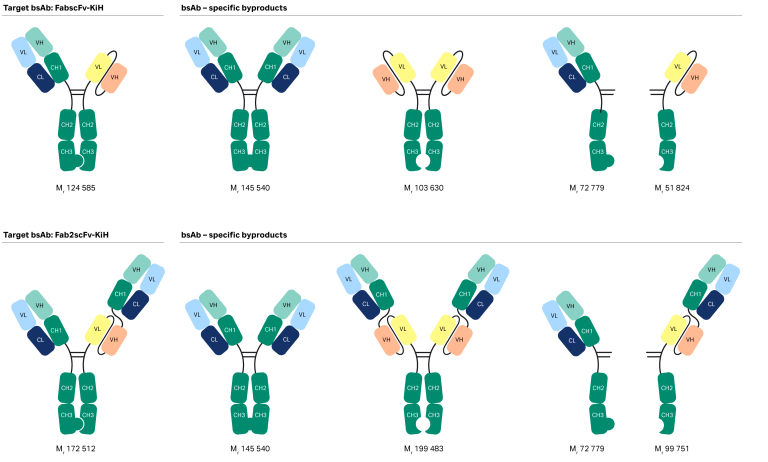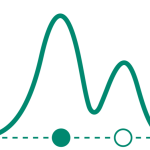
Lentiviruses exhibit many desirable properties as gene transfer vehicles, such as high transduction efficiencies, ability to infect both dividing and nondividing cells, and stable integration into the host cell genome. These properties make them well-suited for in-vivo and ex-vivo gene and cell therapies. However, cost-effective manufacturing of lentiviral vectors at commercial scales has proven difficult and remains a pressing issue for the marketing of therapies that depend on their application.





